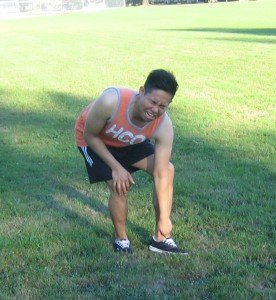A fractured tibia is considered as a common type of long bone fracture that is quite prevalent among children and can be caused by tripping, sports injuries, falls or vehicular accidents. The treatment for a fractured tibia usually includes immobilization or surgery. At this time, the child would require special care to help promote the healing process as well as avoid further injury.
If you suspect that the fractured tibia is severe, it is best to have it properly assessed by a doctor so that appropriate treatment can be started.
Steps in managing a fractured tibia

You have to take into consideration the following steps if a fractured tibia is suspected. Once a cast is applied, closely monitor for any problems so that proper measures can be carried out as soon as possible.
- Initially, you have to assess the weight-bearing status of the child. If the child is allowed to walk using his/her leg, a special shoe might be required to help prevent the cast from breaking. In case the child is not allowed to bear weight on his/her leg, a walker or crutches are provided. A wheelchair can also be used if the child is having a hard time using a walker or crutches.
- Safety hazards from the house should be removed. Always make sure that there are no electrical cords or rugs that can cause the child to trip while using the walker or crutches.
- The child should be provided with a sponge bath daily. By staying clean, this can help prevent infection from developing, especially if the child undergone surgery. It is vital to bear in mind not to get the cast wet. A wet cast can eventually lead to skin irritation.
- The affected leg of the child should be elevated using a cushion or pillow while he/she sleeps, watches TV or resting on the couch. The elevation can help reduce the swelling.
- The child should be provided with activities that will prevent boredom. You can provide coloring books, DVDs, books or games to keep the child entertained.
- You have to closely monitor the cast of the child. Always make sure that the child will not insert anything inside the cast. Observe for signs of skin irritation, diminished movement and blue-colored toes. If you suspect a problem, always consult a doctor right away.
- Always keep the child as cool as possible since sweating will only make the cast uncomfortable. In case the affected leg is itchy or warm, you can blow cold air using a hair dryer into the cast.
When it comes to a fractured tibia, you can provide the appropriate first aid measures by enrolling in a first aid class today. With the help of these measures, you can help hasten the healing process.
